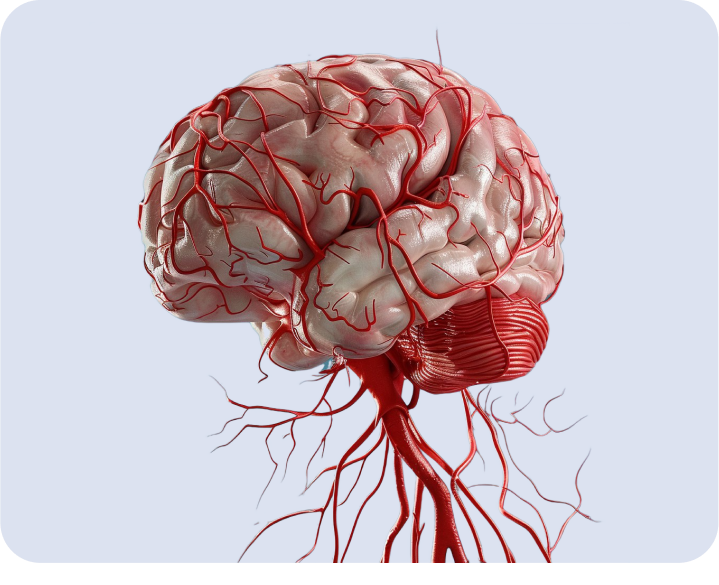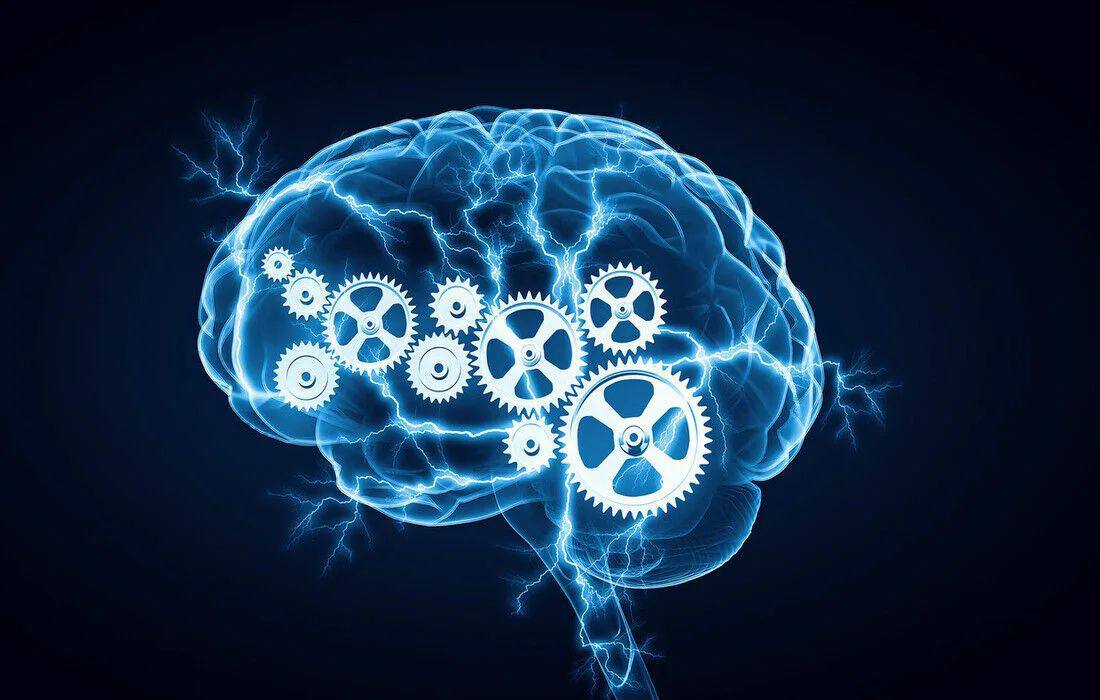Neurology - Page 2
Registered on ClinicalTrials
Increasing the efficiency of pharmacotherapy in comorbide patients with chronic brain ischemia on an outpatient basis
Authors:
T.L. Visil 1 , E.G. Arefieva 2
The possibilities of multimodal neuroprotection in patients with chronic brain ischemia against the background of arterial hypertension and atherosclerosis
Authors:
I.A. Gribacheva, T.F. Popova, E.V. Petrova, A.V. Zvonkova
FSBEI in Novosibirsk State Medical University of the Ministry of Health of Russia
Oxidative stress in the pathogenesis of cerebral stroke and its correction
Authors:
M.Yu. Martynov 1.2 , M.V. Zhuravleva 3.4 , N.S. Vasyukova 5 , E.V. Kuznetsova 6 , TR Kameneva 7
The results of clinical studies of the effectiveness and safety of the use of ethylmethylhydroxypyridine of succinate in patients with chronic brain ischemia
Authors:
M.V. Zhuravleva 1.2 , P.R. Kamchatnov 3 , N.S. Vasyukova 4 , V.V. Arkhipov 1 , E.V. Kuznetsova 5 , TR Kameneva 6 , S.Yu. Serebrova 1.2
Safety Mexidol® (ethylmethylhydroxypyridine of succinate) in adult patients of different age groups
Authors:
E.A. Ushkalova 1 , S.K. Zyryanov 1.2 , O.I. Buttranova 1
1 FGAOU VO “Russian University of Friendship of Peoples”
2 GBUZ “City Clinical Hospital No. 24 of the Department of Health of the city of Moscow”
Hypoxia and oxidant stress with cerebrovascular failure and effective ways to correct them
Authors:
E.I. Chukanova, A.S. Chukanova, D.M. Rodionova
FGAOU in Russian National Research Medical University named after N.I. Pirogov »Ministry of Health of Russia, Moscow, Russia
Cognitive disorders diagnostic algorithm in outpatient practice
Authors:
E.A. Mkhitaryan, M.A. ATTIC
Study of the effectiveness and safety of the sequential use of Mexidol and Mexidol Forte 250 in the treatment of patients with acute ischemic stroke
Authors:
S.M. Karpov 1 , M.Yu. Morozova 2 , K.A. Muravyov 2 , I.A. Prisilova 1 , F.S. Kantemirova 3
COVID-19-SSSOCIETED STROKE
Authors:
IA Shchukin, 1 MS Fidler, 1 IA Koltsov, 1 and A. Yu. Suvorov2
Translated from Zhurnal Nevrologi I Psikhiatrii Imeni SS Korsakova, Vol. 121, no. 12, ISS. 2, pp. 69–76,
December 2021. Original Article Submitted December 20, 2021. Accepted December 22, 2021.
Place of publication:
Neuroscience and Behavioral Physiology, Vol. 52, no. 5, June, 2022
Pharmacotherapy in post -industry rehabilitation
Authors
Gnedovskaya E.V. , Lukmanov R.Kh. , Rimkevichus A.A. , Suponeva N.A.
Place of publication:
SS Korsakov Journal of Neurology and Psychiatry, 2022
Chronic cerebral ischemia
Authors:
Khlynova O.V. , Skachkova V.V.
FSBEI in Perm State Medical University named after Acad. E.A. Wagner "of the Ministry of Health of Russia
Place of publication:
Therapy No. 5 (47) 2021
Biomarkers of vascular cognitive dysfunction
Authors:
Zimnitskaya O.V., Mozheiko E.Yu., Petrova M.M.
FSBEI in “Krasnoyarsk State Medical University named after Prof. V.F. Voino-Yasenetsky” of the Ministry of Health of Russia. Krasnoyarsk, Russia
Place of publication:
Cardiovascular therapy and prevention. 2021
Chronic brain ischemia - interdisciplinary problem
Authors:
Chukanova E.I., Chukanova A.S., Bagmanan S.D.
FGAOU in the Russian National Research Medical University named after N.I. Pirogov »Ministry of Health
of Russia, Moscow
Place of publication:
Therapy No. 5 (47) 2021
The effectiveness and safety of therapy of drugs Mexidol and Mexidol Forte 250 in patients with chronic brain ischemia
Author:
L.A. Shchepankevich 1.2 , Yu.A. Nikolaev 1 , E.V. Taneyeva 3 , M.A. Pervuninskaya 1 , M.S. Shchepankevich 1.2
Features of patients with traumatic brain injury
Authors:
M.L. Chukhlovina 1 , A.A. Chukhlovin 2
1 FSBEI "National Medical Research Center named after V.A. Almazova "of the Ministry of Health of Russia, St. Petersburg, Russia;
2 Russian Research Neurosurgical Institute. Prof. A.L. Polenova - branch of FSBEI "National Medical Research Center named after V.A. Almazova "of the Ministry of Health of Russia, St. Petersburg, Russia
Vascular inflammation based on the development of atherotrombotic stroke
Authors:
A.V. Romanenko, I.P. Amelina, E.Yu. Soloviev
FGAOU in Russian National Research Medical University named after N.I. Pirogov »Ministry of Health of Russia, Moscow, Russia
THE INFORMATION IS INTENDED FOR HEALTHCARE AND PHARMACEUTICAL PROFESSIONALS. THIS INFORMATION IS NOT INTENDED AS A SUBSTITUTE FOR MEDICAL ADVICE.
Source of photos and images Shutterstock.com














